Venice Biennale review: full of the usual silliness, but with a sense of purpose
The 59th festival of contemporary art signals an ‘epochal shift in attitudes’
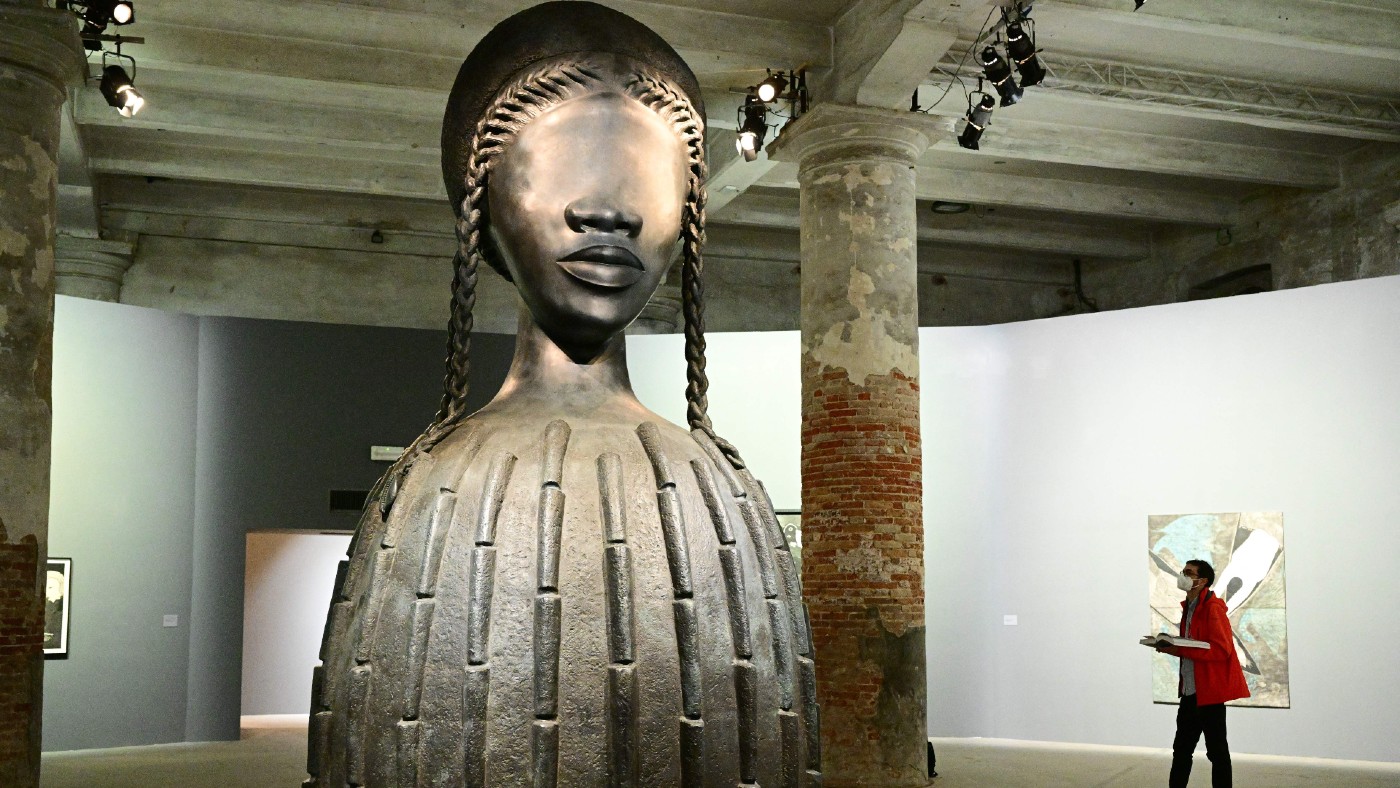
“With all the horror emerging from Ukraine, a festival of contemporary art may seem, more than ever, an irrelevant indulgence,” said Alastair Sooke in The Daily Telegraph. Yet for better or for worse, the Venice Biennale is “carrying on regardless”. Delayed by a year due to Covid-19, the 59th iteration follows the usual script: as usual, it involves a massive main exhibition – entitled The Milk of Dreams on this occasion – as well as no fewer than 80 different national pavilions, in which the nations of the world battle it out for the coveted Golden Lion award.
This year, the winner of the national competition was the UK’s Sonia Boyce, marking the first time a black British artist has ever been awarded the top honour. The Biennale also involves countless collateral events, from a huge Anish Kapoor show to a hastily erected “Ukrainian piazza” outside the central display. This Biennale is full of the usual silliness: “indecipherable imagery projected onto suspended pink udders; a risibly schlocky set-up inside the Danish pavilion, featuring a suicidal centaur”, but there is also an unusual sense of purpose to it.
The 59th Biennale signals an “epochal shift in attitudes”, said Laura Cumming in The Observer. For one thing, the normally conspicuous Russians have stayed away: the country’s pavilion lies empty, and the oligarchs’ super-yachts are nowhere to be seen. More significantly, it represents the first time that women artists have outnumbered men at the event: in the main show, just 21 of the 213 exhibiting artists are male, while the best of the national pavilions are all designed by women.
The Week
Escape your echo chamber. Get the facts behind the news, plus analysis from multiple perspectives.

Sign up for The Week's Free Newsletters
From our morning news briefing to a weekly Good News Newsletter, get the best of The Week delivered directly to your inbox.
From our morning news briefing to a weekly Good News Newsletter, get the best of The Week delivered directly to your inbox.
A “wildfire hit” is France’s Zineb Sedira, whose show – a mixture of film and “walk-in” stage sets based on memories of her childhood as the daughter of Algerian immigrants – is “a living enchantment”. Malgorzata Mirga-Tas covers Poland’s pavilion with a “colossal frieze” made entirely in appliqué, while Simone Leigh has transformed the neoclassical American pavilion into “a traditional west African building” full of large sculptures – the best of them, such as a “monumental” bell-shaped figure, “stonewall the viewer with their sheer material force”.
Boyce’s British pavilion is a real highlight, said Jackie Wullschläger in the FT. She has filled the UK space with “films of black women singing jazz, folk music and blues-infused a cappella” in an installation that champions values of “collaboration and play”. It’s the most “joyful, vibrant” British effort this century, and a deserving winner. The main exhibition, The Milk of Dreams, is less impressive: by choosing almost exclusively women, the curators have “paid a severe price in terms of quality”.
Nevertheless, there are some marvellous moments in the show. A room of Paula Rego paintings and sculptures is simply “magnificent”: her triptych Oratorio, depicting “abandoned babies and traumatised mothers”, is a truly “shocking” work that exposes the academic stiffness of much else here. A “few excellent male painters manage to scrape through”: the most “unforgettable” pieces here are from Noah Davis, one of the leading American painters of his generation before his death at the age of 32 in 2015. Full of “black figures in eerie settings”, his canvases are mournful and “ethereal”. Ultimately, though, this is a “fun” Biennale which has “galvanised” its artists to reach new heights.
Various locations, Venice (labiennale.org/en). Until 27 November
A free daily email with the biggest news stories of the day – and the best features from TheWeek.com
-
 Pakistan: Trump’s ‘favourite field marshal’ takes charge
Pakistan: Trump’s ‘favourite field marshal’ takes chargeIn the Spotlight Asim Munir’s control over all three branches of Pakistan’s military gives him ‘sweeping powers’ – and almost unlimited freedom to use them
-
 Codeword: December 6, 2025
Codeword: December 6, 2025The daily codeword puzzle from The Week
-
 Crossword: December 6, 2025
Crossword: December 6, 2025The daily crossword from The Week
-
 Wake Up Dead Man: ‘arch and witty’ Knives Out sequel
Wake Up Dead Man: ‘arch and witty’ Knives Out sequelThe Week Recommends Daniel Craig returns for the ‘excellent’ third instalment of the murder mystery film series
-
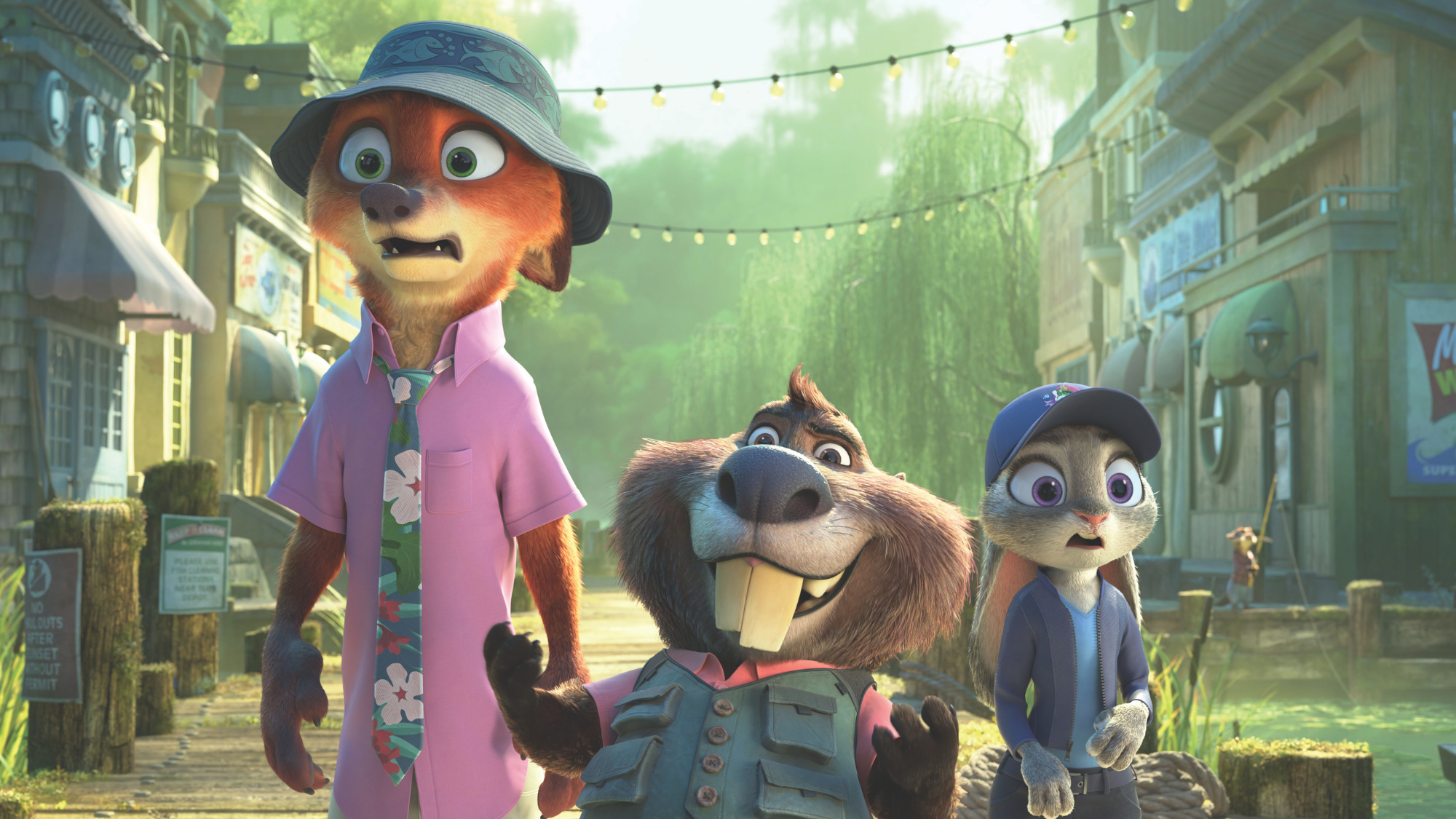 Zootropolis 2: a ‘perky and amusing’ movie
Zootropolis 2: a ‘perky and amusing’ movieThe Week Recommends The talking animals return in a family-friendly sequel
-
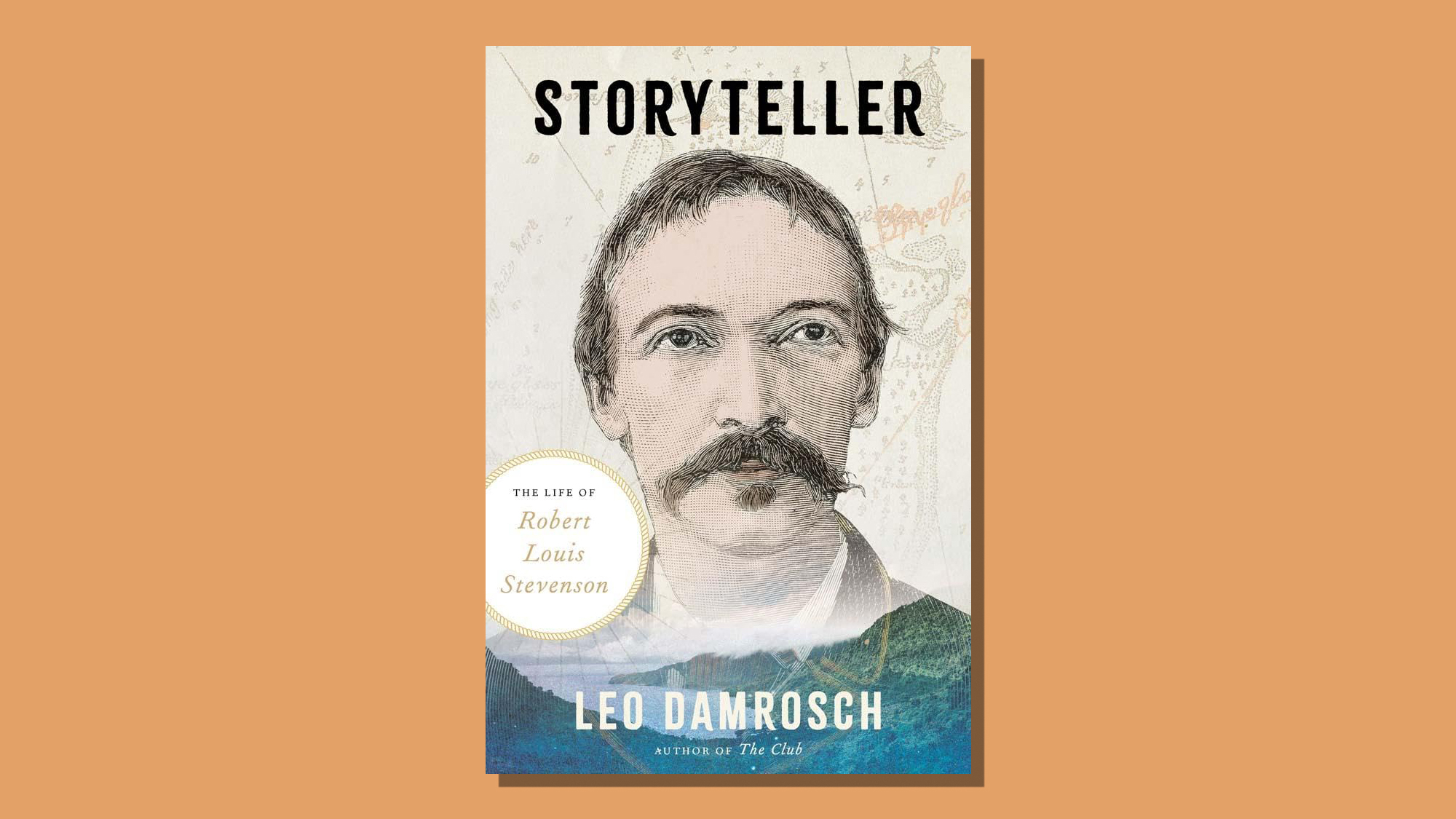 Storyteller: a ‘fitting tribute’ to Robert Louis Stevenson
Storyteller: a ‘fitting tribute’ to Robert Louis StevensonThe Week Recommends Leo Damrosch’s ‘valuable’ biography of the man behind Treasure Island
-
 The rapid-fire brilliance of Tom Stoppard
The rapid-fire brilliance of Tom StoppardIn the Spotlight The 88-year-old was a playwright of dazzling wit and complex ideas
-
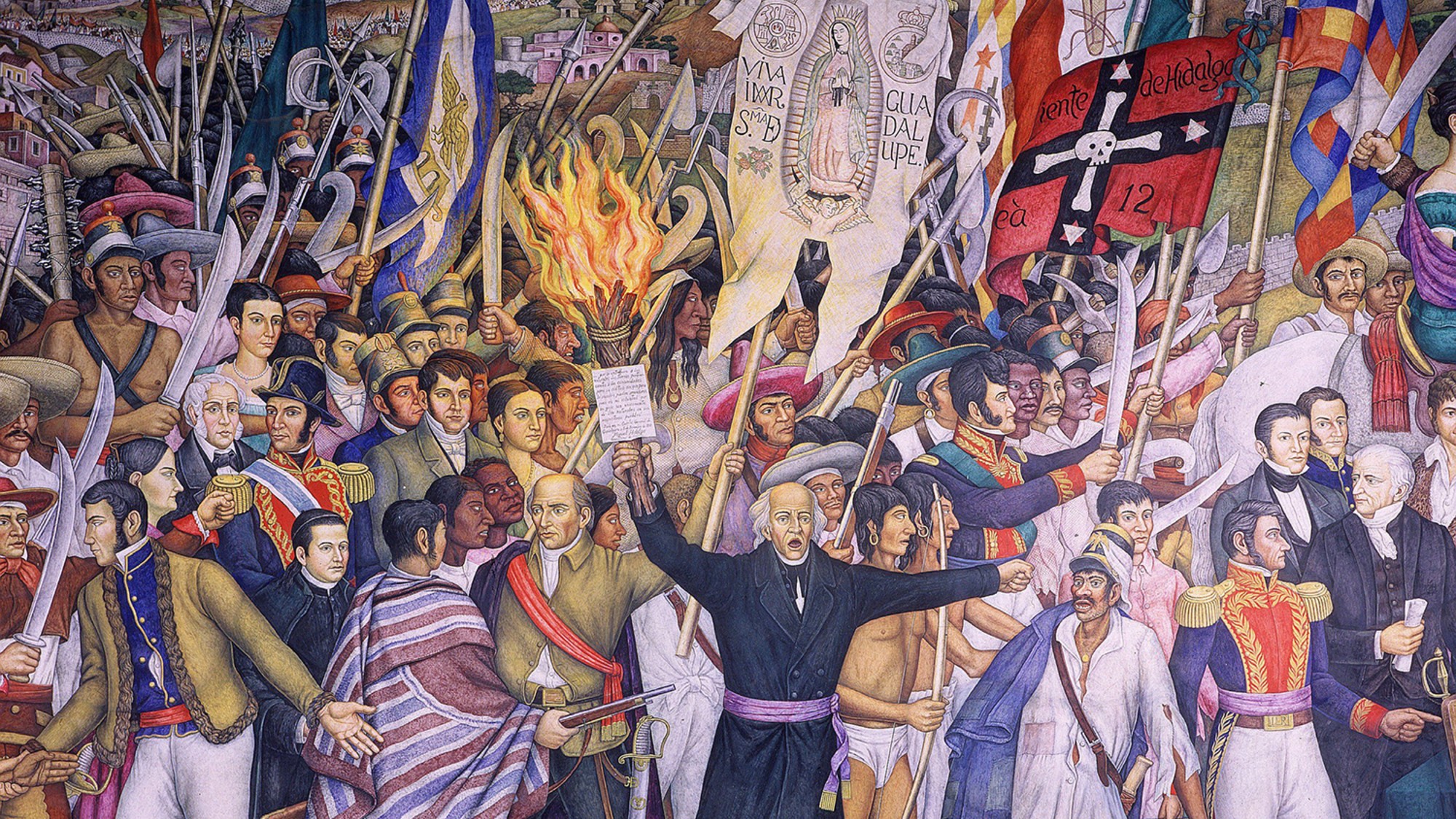 ‘Mexico: A 500-Year History’ by Paul Gillingham and ‘When Caesar Was King: How Sid Caesar Reinvented American Comedy’ by David Margolick
‘Mexico: A 500-Year History’ by Paul Gillingham and ‘When Caesar Was King: How Sid Caesar Reinvented American Comedy’ by David Margolickfeature A chronicle of Mexico’s shifts in power and how Sid Caesar shaped the early days of television
-
 Homes by renowned architects
Homes by renowned architectsFeature Featuring a Leonard Willeke Tudor Revival in Detroit and modern John Storyk design in Woodstock
-
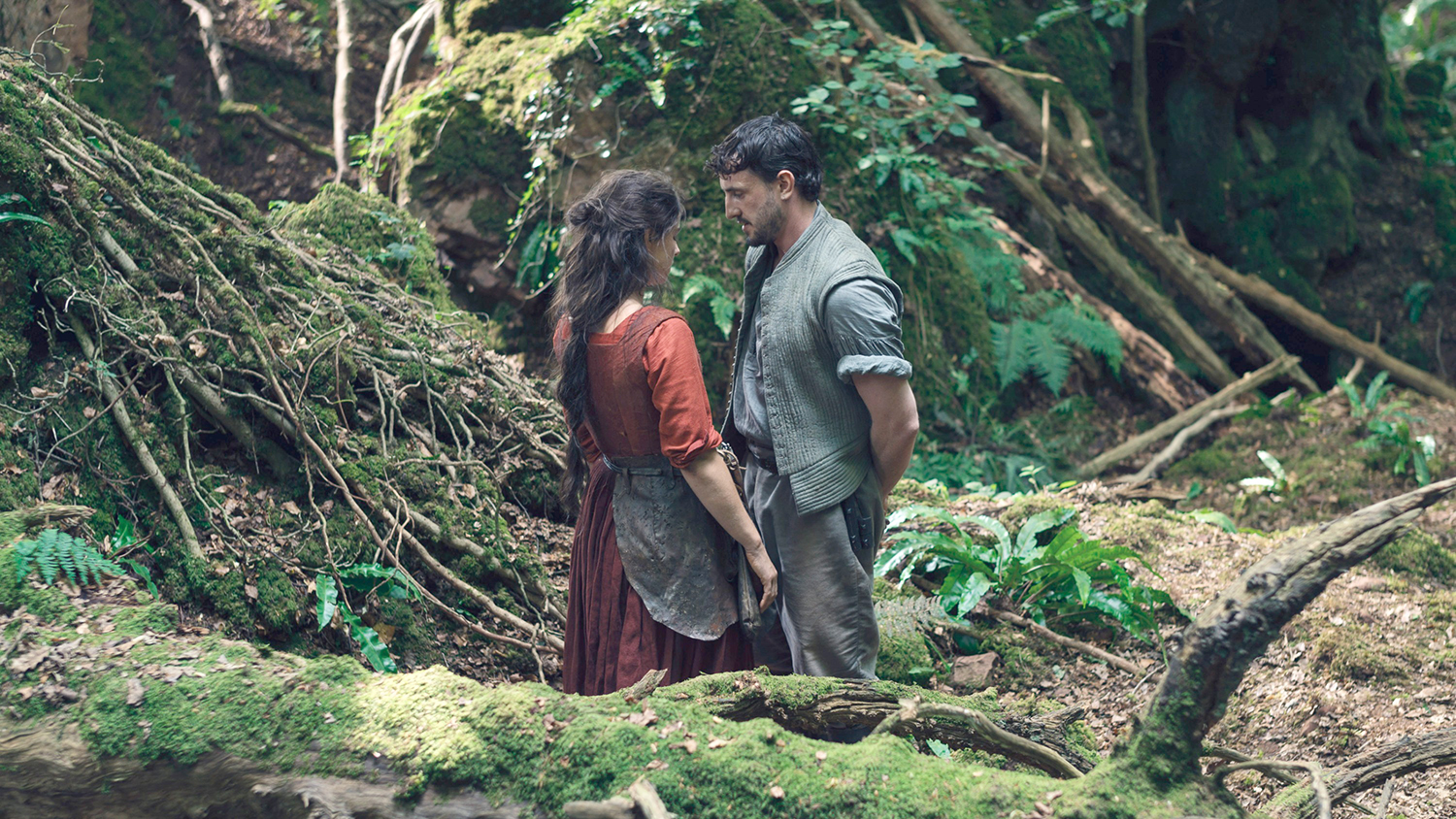 Film reviews: ‘Hamnet,’ ‘Wake Up Dead Man’ and ‘Eternity’
Film reviews: ‘Hamnet,’ ‘Wake Up Dead Man’ and ‘Eternity’Feature Grief inspires Shakespeare’s greatest play, a flamboyant sleuth heads to church and a long-married couple faces a postmortem quandary
-
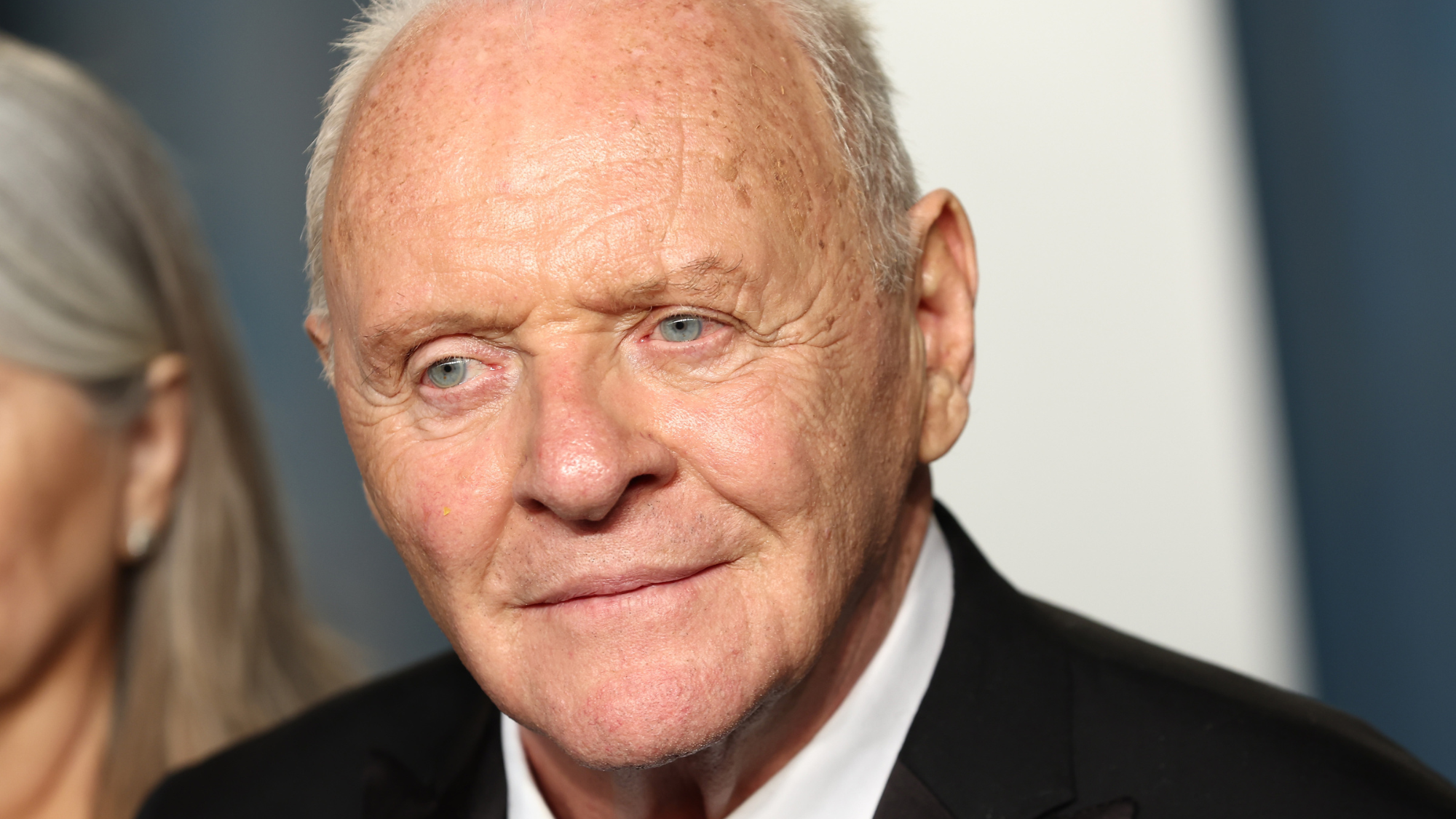 We Did OK, Kid: Anthony Hopkins’ candid memoir is a ‘page-turner’
We Did OK, Kid: Anthony Hopkins’ candid memoir is a ‘page-turner’The Week Recommends The 87-year-old recounts his journey from ‘hopeless’ student to Oscar-winning actor
